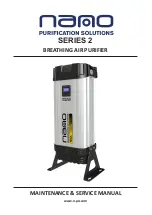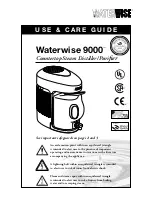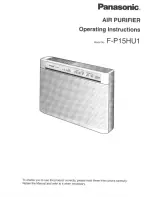
12
2. Operation and Maintenance
2.6 Regular User Maintenance
• Ensure In-Row Cooler is meeting the setpoint.
• Clean/replace filters every 6 months or when needed.
• Check the alarm log.
• Check for water leaks in or around the In-Row Cooler.
• Ensure working rotation schedule by observing which In-Row Cooler(s) are in standby each week.
2.7 Alarms and FAQ
Alarm/Fault
Reason
Action(s)
Compressor Fault
Excessive refrigerant in system
Remove excess refrigerant
Refrigerant backflow/migration
Check that ambient temperature is above rated condition
(install low ambient kit if necessary)
Ensure necessary piping valves and bends
Ensure condenser height is not above the maximum limit
Inverter fault
Refer to inverter fault section
Seized due to oil loss
Ensure proper trapping and pitching of refrigerant lines
Ensure condenser height is not above the maximum limit
Replace compressor
Thermal overload
Check integrity of overall system to ensure compressor is
not generating excessive heat
Supply voltage value
Check for voltage instability
EEV Fault
High liquid head pressure
Ensure condenser vertical height is not higher than
maximum limit
Loss of sub-cooling
Ensure sufficient insulation
Ensure condenser elevation is not too low
Inverter Fault
Excessive refrigerant in system
Remove excess charge so as to remove liquid refrigerant
from compressor
Power boot sequence fault
Reboot system
Unstable power
Check for voltage instability
Unstable Cooling Operation
Refrigerant contamination/
overcharge/undercharge
Check sight glass to determine quality of refrigerant
Environmental factors
Ensure system is installed and configured within
specification
High Supply Air Temperature
(continued on following page)
Invalid upper temperature
threshold
Adjust cooling setpoint and thresholds appropriately
Outdoor temperature too hot (if
outdoor ambient temperature is
too hot, the condenser cannot
effectively reject enough heat
and therefore derates the total
system capacity)
When and where possible, turn on additional cooling In-
Row Coolers
Attempt to set the supply air temp and high temp
threshold settings higher (temporarily) to allow the system
to run a bit warmer while allowing the alarm to clear













































